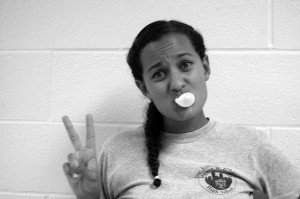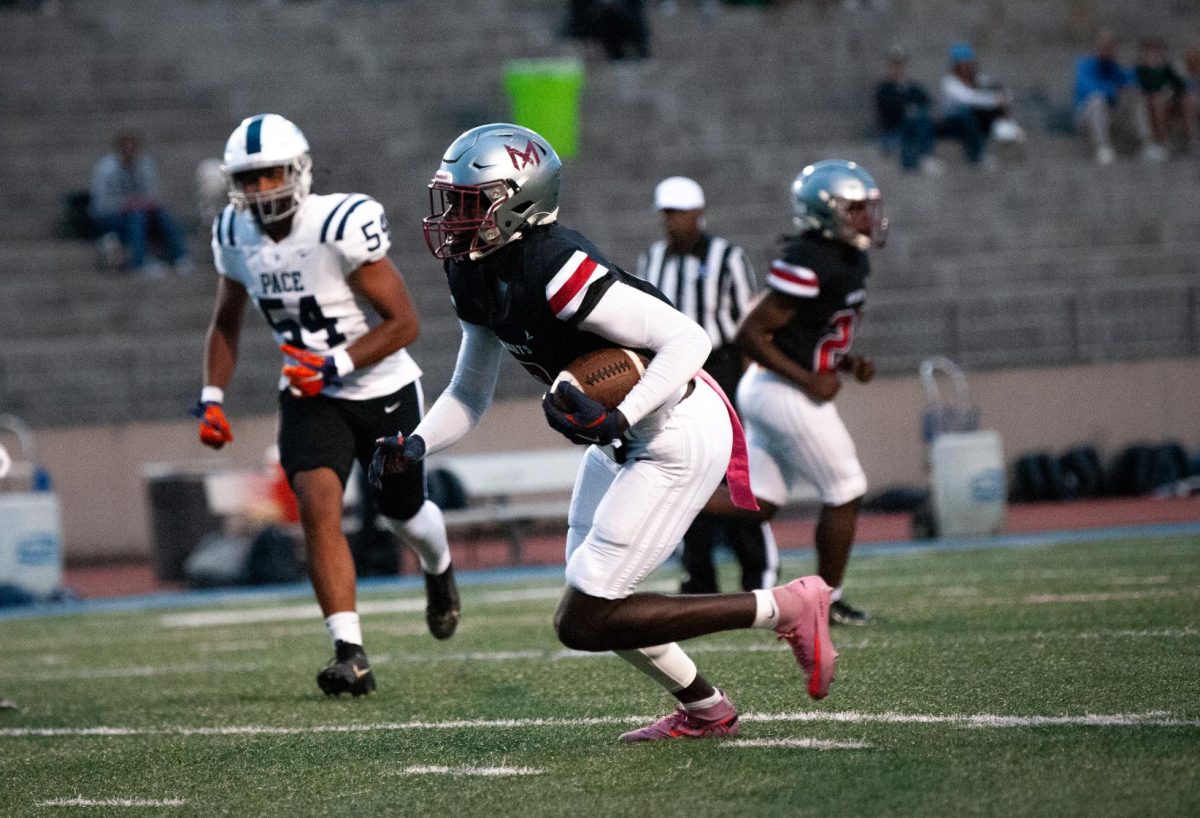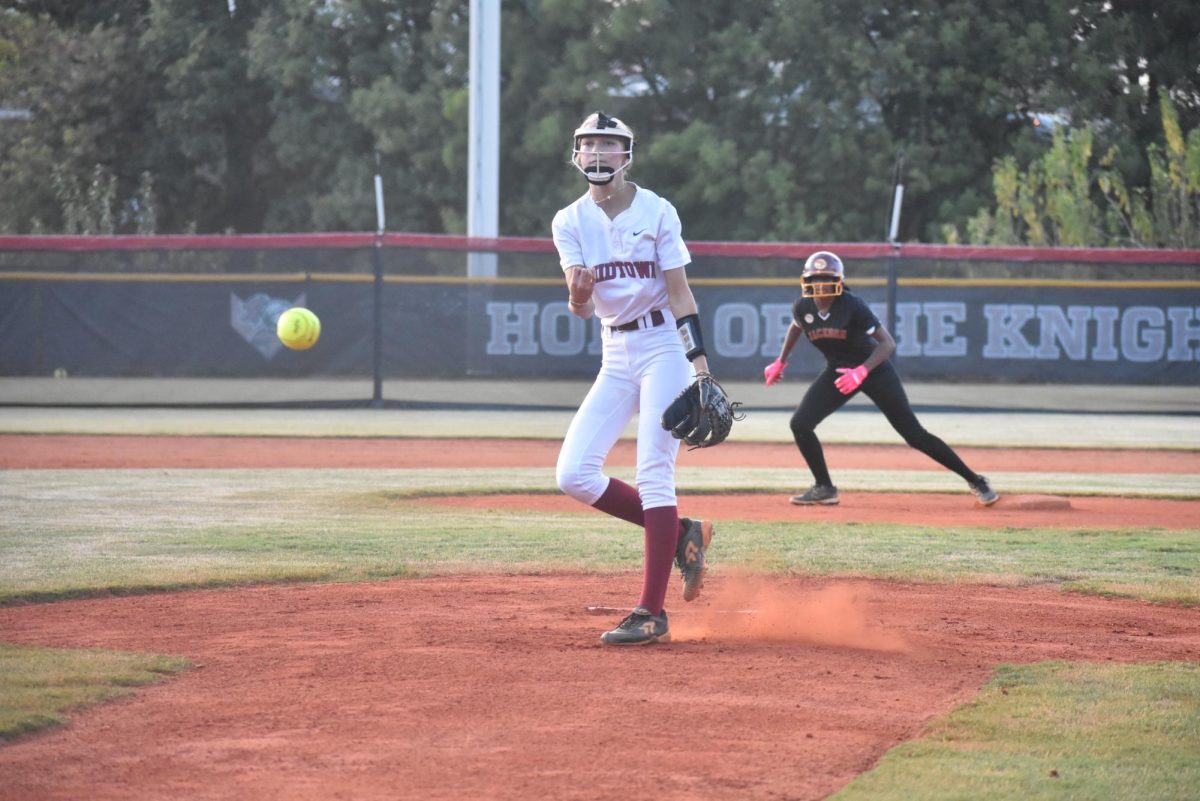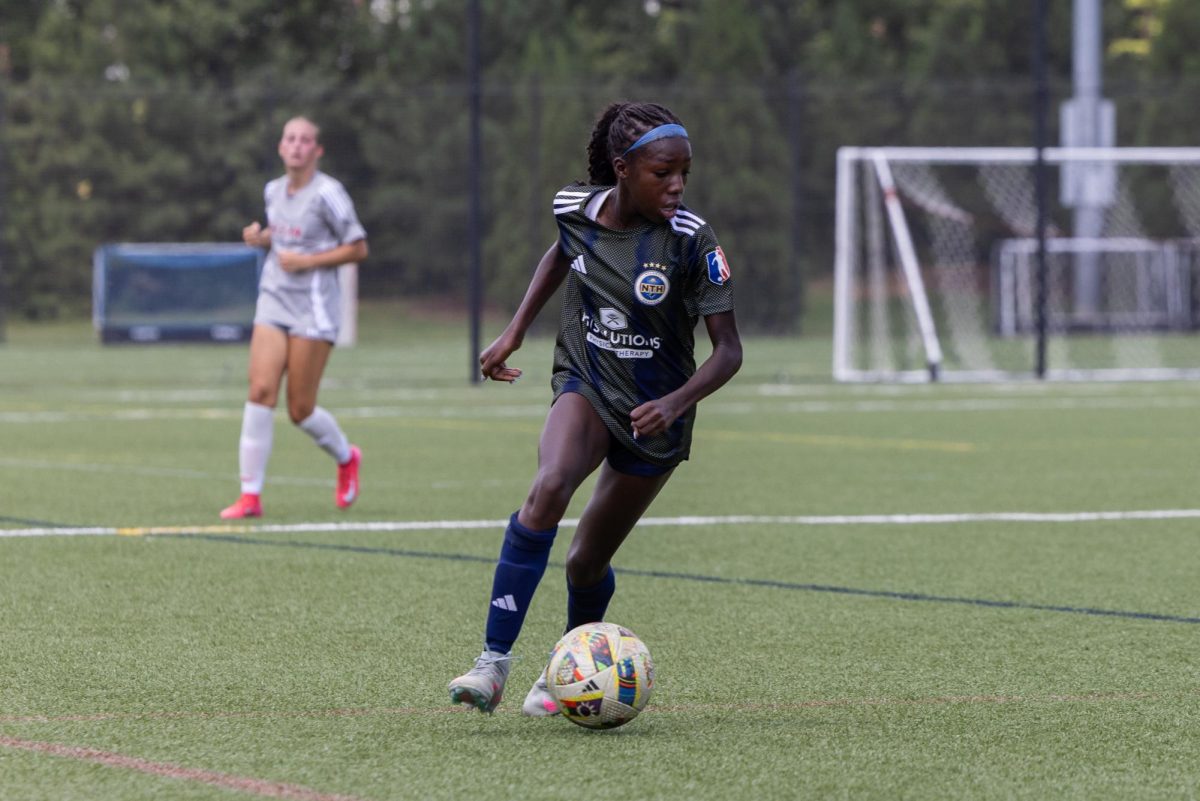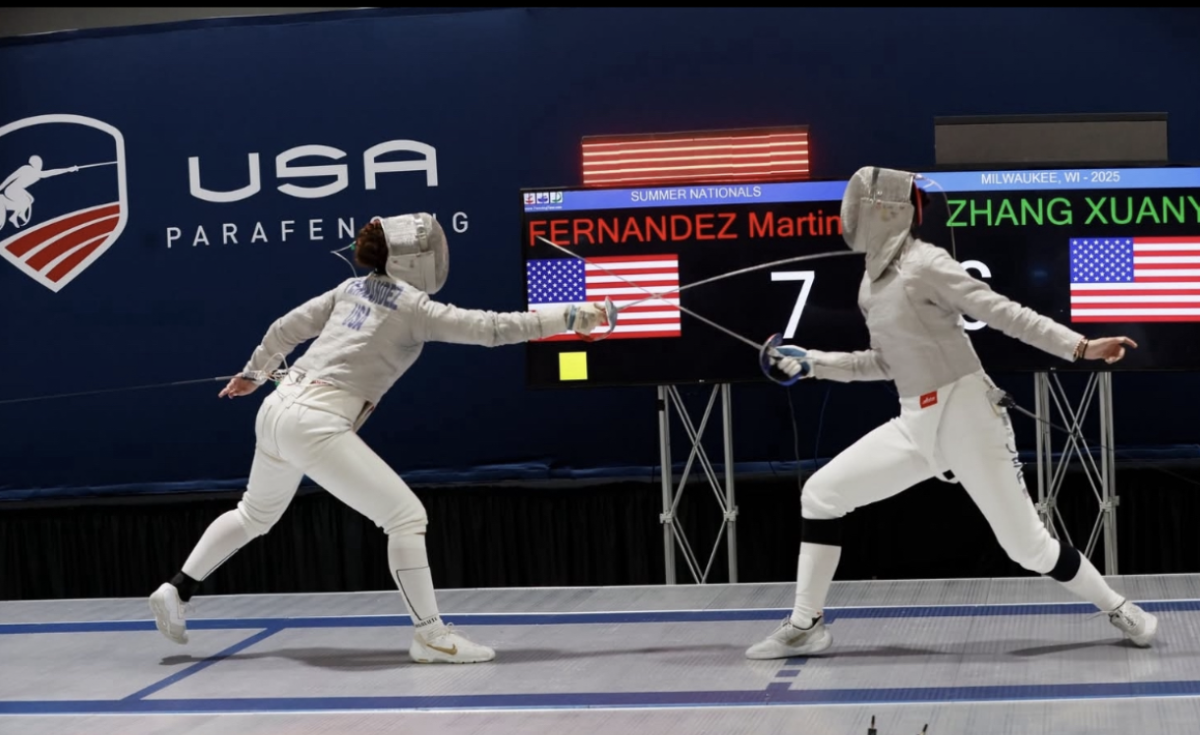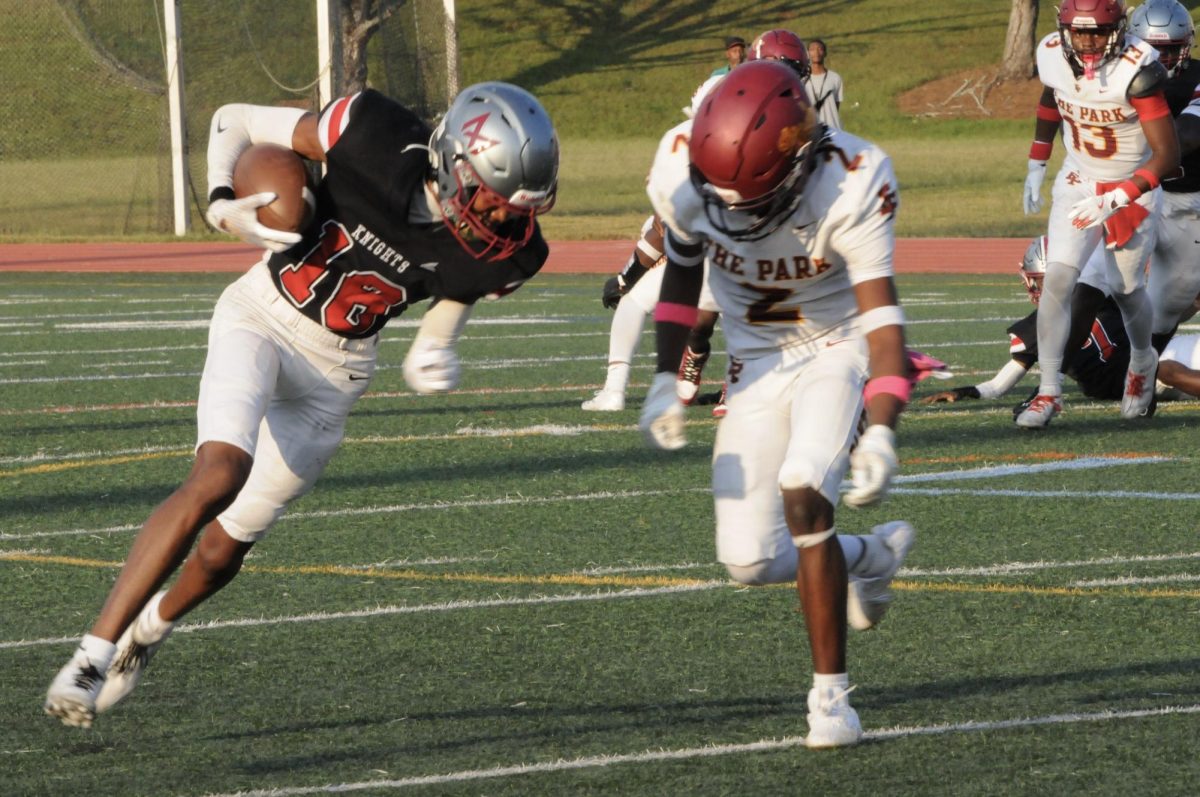
“Take your mark, get set, go!”
Hearing this phrase fills me with a competitive and jubilant spirit. The enjoyable atmosphere at track meets is marked by countless athletes, cheers from the stands, jogging suits sprawled out in the middle of the field and the startling sound of the starter pistol that still makes me flinch.
The best feeling as an avid athlete is stepping onto the track for the first time in the beginning of a new season. That excitement my junior year was accompanied with aspirations to beat personal records and to make it to State. Unfortunately, these aspirations were short-lived.
Only a couple weeks into the season, I began experiencing severe pain in my shin. With time, this localized pain only grew worse. After trying to run through the discomfort, I made an appointment to see a sports medicine doctor.
I was diagnosed with a tibial stress fracture in my left leg. After wearing a walking boot for three weeks, I had to attend eight sessions of physical therapy. As a result, I was unable to run in a single race the entire season. I was devastated. I watched my team run at practices and in meets while I cheered them on from the sidelines with an injured leg.
Because I was forced to sit out during my junior year, I was even more excited to begin the season my senior year on our newly renovated track. The beginning of the season started off well. I was training vigorously with the intention of succeeding. Then, I felt that familiar pain. As it became progressively worse, I was scared to face the truth.
On March 3, a year since the doctor’s appointment, I was diagnosed with another tibial stress fracture. This time, it was in my right leg, and I had to dig out that horrendous. black, Velcro walking boot from my closet and make an unfortunate fashion statement once again.
When I came back to practice from my doctor’s appointment, I sported my boot as I walked out onto the field. Greeted with “oohs,” “aahs” and “what happeneds?”, I told my team and coach Randy Reed my diagnosis. Blaming the injury on training too hard, too fast, I felt completely defeated again.
As the captain of the girls track and field team, however, I knew I had a duty to my teammates and to my coach. I was not going to let my injury stop me from competing again. The next day, practice continued as usual—the only difference was that I was not running. As a dedicated team member, I have been at practice religiously, stretching with the team everyday and assisting them during drills.
Unlike last year, my love for this sport overpowered my desire to run, and I am now competing in discus. I’ve accepted my doctor’s orders: “You cannot run.”
I didn’t see my senior year in track and field being one based on another injury and participating in field events, but I appreciate the fact that I am able to compete in something. I have had the opportunity to learn new aspects of my favorite sport and to realize what my body can do. Athletes don’t quit, they adjust, which is what I did.

